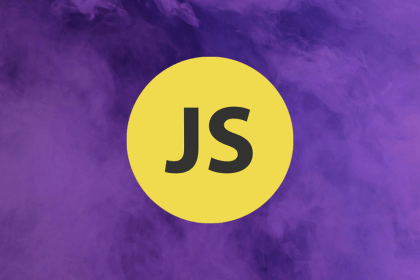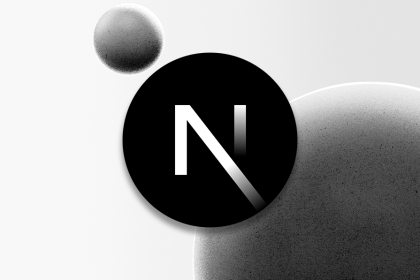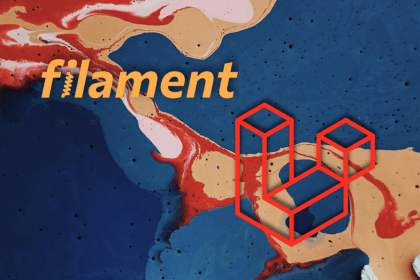
Cristina Fuser, VP, Product at Buzzfeed, talks about how being tech-led and data-led can be a strategic advantage.

With the right tools and strategies, JavaScript debugging can become much easier. Explore eight strategies for effective JavaScript debugging, including source maps and other techniques using Chrome DevTools.

Good UX research starts with a smart UX research plan. Keep it simple, keep it actionable, and see the difference.

This Angular guide demonstrates how to create a pseudo-spreadsheet application with reactive forms using the `FormArray` container.

Julie Swanke talks about the importance of prioritizing intuition and user-friendliness while building internal tools.

The beta version of Tailwind CSS v4.0 was released a few months ago. Explore the new developments and how Tailwind makes the build process faster and simpler.

While program managers and product managers have distinct responsibilities, their collaboration benefits everyone in the loop.

Explore the most critical CORS headers and how to configure them in Next.js, as well as how to handle common CORS in Next.js errors.

Design thinking doesn’t have to be all serious and structured. These 16 fun and easy exercises will help you and your team get creative, stay focused, and solve problems with a fresh perspective.

Cover four different ways to force a Vue component to re-render, including hot reload, the v-if hack, the forceUpdate method, and finally, the key-changing technique.

Build scalable admin dashboards with Filament and Laravel using Form Builder, Notifications, and Actions for clean, interactive panels.

In this guide, explore lazy loading and error loading as two techniques for fetching data in React apps.